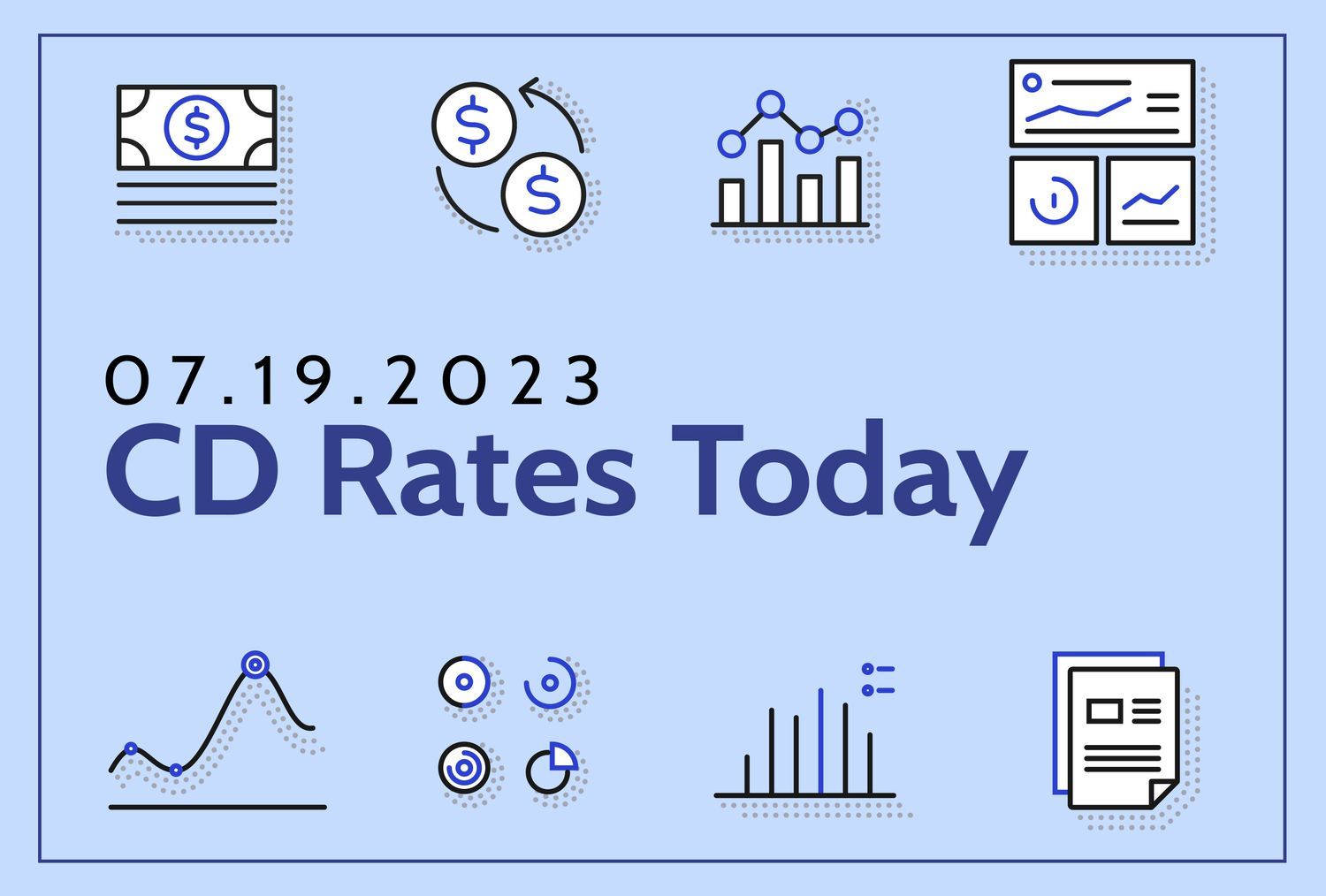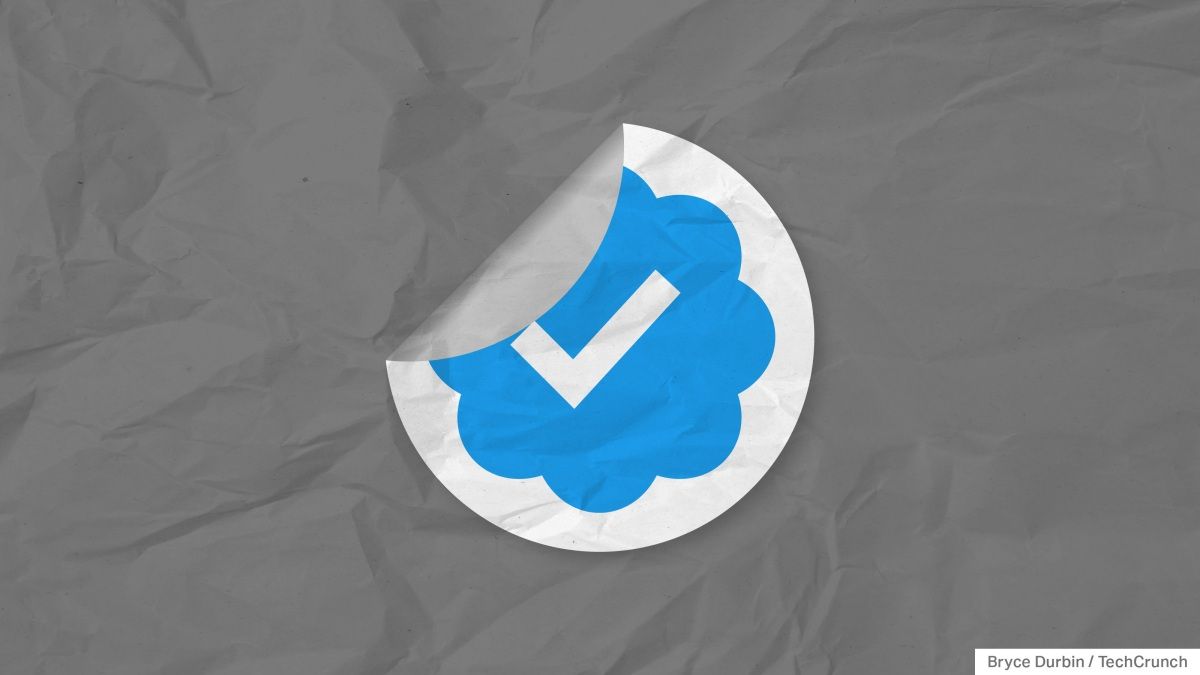Top CD Rates Today: Record Rates Holding in Every Term
CD Term Today's Top National Bank Rate Today's Top National Credit Union Rate Today's Top National Jumbo Rate 3 months 5.16% APY 5.12% APY 5.20% APY 6 months 5.36% APY 5.65% APY 5.25% APY 1 year 5.45% APY 5.50% APY 5.55% APY 18 months 5.33% APY 5.70% APY 5.27% APY 2 years 5.05% APY 5.30% APY 5.23% APY 3 years 4.80% APY 5.13% APY 5.18% APY 4 years 4.65% APY 4.85% APY 5.12% APY 5 years 4.66% APY 4.77% APY 4.85% APY
To view our lists of the top-paying CDs across terms for bank, credit union, and jumbo certificates, click on the column headers above.
Where Are CD Rates Headed This Year?
Though CD rates are already at record levels, it's possible they could rise a bit more. That's because the Federal Reserve is all but certain to increase the federal funds rate by a quarter percentage point at its meeting next Wednesday. That's important because the fed funds rate is a direct driver of the rates banks and credit unions are willing to pay customers for their deposits.
Since March 2022, the Federal Reserve has been aggressively combating decades-high inflation with 10 hikes to-date to its benchmark rate. The cumulative increase has so far totaled 5.00%, driving today's savings and CD rates to their highest levels since 2007. It's created a heyday not just for CD shoppers, but also for anyone holding cash in a high-yield savings or money market account.
On June 14, the Fed opted to hold its benchmark rate steady for the first time in 11 meetings, in order to better study the impact of previous rate hikes. Minutes from that meeting were released July 5, and combined with various post-meeting statements by Fed Chairman Jerome Powell, signals were strong that two more rate hikes were still possible this year. As a result, financial markets are overwhelmingly confident the Fed will implement a quarter-point hike at its meeting scheduled to conclude on July 26.
But last week saw the prospect of additional increases after July dim a bit. First, last Wednesday's monthly report of headline inflation showed that June prices rose just 3.0% year-over-year, a notable improvement over May's 4.0% level. Then Thursday saw the release of a lower-than-expected inflation figure on wholesale prices. These signs of cooling inflation have investors adjusting their predictions about future Fed rate moves, with a strong majority of them now betting this July increase will be the Fed's last one of 2023.
As we always warn, however, forecasts of Fed rate moves that extend several months down the road should be taken with a large grain of salt, as they are just today's best guesses. Every Fed rate decision is based on the latest economic data and financial news, and that landscape can change quickly.
It is reasonable to predict that any rate hike the Fed does implement will nudge CD rates a bit higher. However, the impact may be small, as many banks and credit unions have already raised their rates ahead of the almost-certain July increase. When at some future point it appears the Fed is ready to end its rate-hike campaign for good, that's the sign that CD rates have probably peaked.
Note that the "top rates" quoted here are the highest nationally available rates Investopedia has identified in its daily rate research on hundreds of banks and credit unions. This is much different than the national average, which includes all banks offering a CD with that term, including many large banks that pay a pittance in interest. Thus, the national averages are always quite low, while the top rates you can unearth by shopping around are often five, 10, or even 15 times higher.
Rate Collection Methodology Disclosure
Every business day, Investopedia tracks the rate data of more than 200 banks and credit unions that offer CDs to customers nationwide and determines daily rankings of the top-paying certificates in every major term. To qualify for our lists, the institution must be federally insured (FDIC for banks, NCUA for credit unions), and the CD's minimum initial deposit must not exceed $25,000.
Banks must be available in at least 40 states. And while some credit unions require you to donate to a specific charity or association to become a member if you don't meet other eligibility criteria (e.g., you don't live in a certain area or work in a certain kind of job), we exclude credit unions whose donation requirement is $40 or more. For more about how we choose the best rates, read our full methodology.
Source: Investopedia


